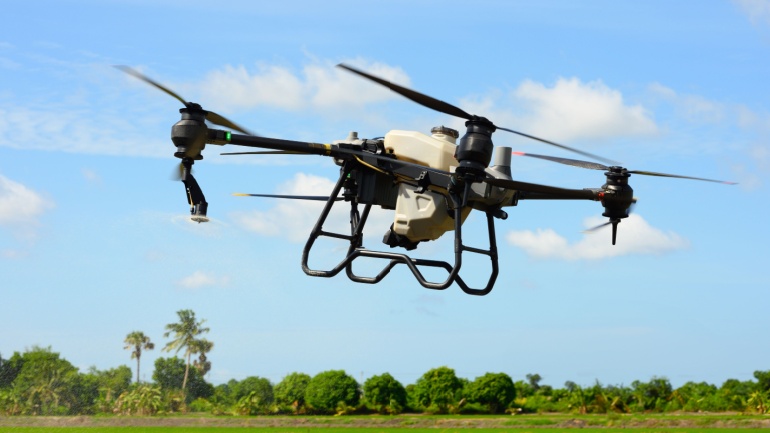Ericsson is set to showcase its cutting-edge 5G innovations for railways at InnoTrans. Highlighting the 5G Corridor and Future Railway Mobile Communication System (FRMCS), Ericsson aims to revolutionize passenger and freight transport with seamless communication, real-time updates, and enhanced onboard services.
Citymesh is revolutionizing public safety with its €10 million 5G drone network in Belgium. Expanding to 70 drones and 40 pilots, the “Safety Drone Shield” provides a national service across 35 rescue zones. Partnering with Nokia for 5G equipment, Citymesh sets the stage for future drone projects, enhancing emergency response capabilities.
TrueBusiness, a unit of True Corporation, has partnered with Intel to revolutionize Thailand’s healthcare sector using 5G and AI. Their collaboration promises seven smart healthcare solutions, including telemedicine, automated diagnostics, and AI-powered patient management. This integration aims to enhance diagnosis, treatment, and patient data management, transforming Thailand’s healthcare landscape into a digital ecosystem.
EE has launched its 5GSA mobile network across 15 UK cities, including London, Manchester, and Glasgow, aiming to enhance mobile coverage and performance. Alongside this, the new Wi-Fi 7 Smart Hub Pro promises superior home broadband speeds and connectivity. These advancements position EE as a forefront leader in the UK’s cellular network arena.
Nokia partners with Rockwell Automation to test private 5G on the CBRS band, enhancing industrial automation using EtherNet/IP protocols. With successful integration of time-sensitive networking and ultra-reliable low-latency communications, this collaboration signifies a breakthrough for Industry 4.0 applications. Discover how private 5G network solutions are transforming industrial automation and connectivity.
Ateme and Austria’s ORS Group have completed the world’s first IP-based Statistical Multiplexing (StatMux) trial over 5G-Broadcast, enhancing live streaming capacity. Utilizing Ateme’s NextGen StatMux, the trial, conducted in Vienna, showcased up to 20% efficiency gains and the ability to deliver multiple services in limited frequency bands, signaling a leap forward in broadcasting technology.
Vodafone has launched Europe’s first 5G mobile private network at the Temelín Nuclear Power Plant in Czechia, replacing traditional walkie-talkies. In partnership with ČEZ Group, this pilot project enhances safety and operational efficiency through advanced communication tools like augmented reality glasses, ensuring secure, independent data management within the plant’s systems.
The FCC has approved $9 billion in subsidies to boost 5G services in rural areas through the 5G Fund for Rural America. This initiative aims to bridge the digital divide by providing advanced mobile connectivity where it’s economically unviable.
Nokia has dismissed rumors about its mobile network business being acquired by Samsung. The Finnish telecom giant confirmed its dedication to the division, despite market speculation. This strategic asset is key for Nokia and its customers, especially with the expansion of 5G technology. Keep updated with Nokia’s innovative journey.
Telstra and Ericsson have launched a revolutionary RAN Compute platform, advancing Australia’s 5G landscape. The newly deployed Ericsson RAN Processor 6672 significantly boosts capacity and efficiency while reducing energy consumption by up to 60%. This innovative technology, powered by advanced AI, paves the way for enhanced mobile connectivity and future 5G advancements.













